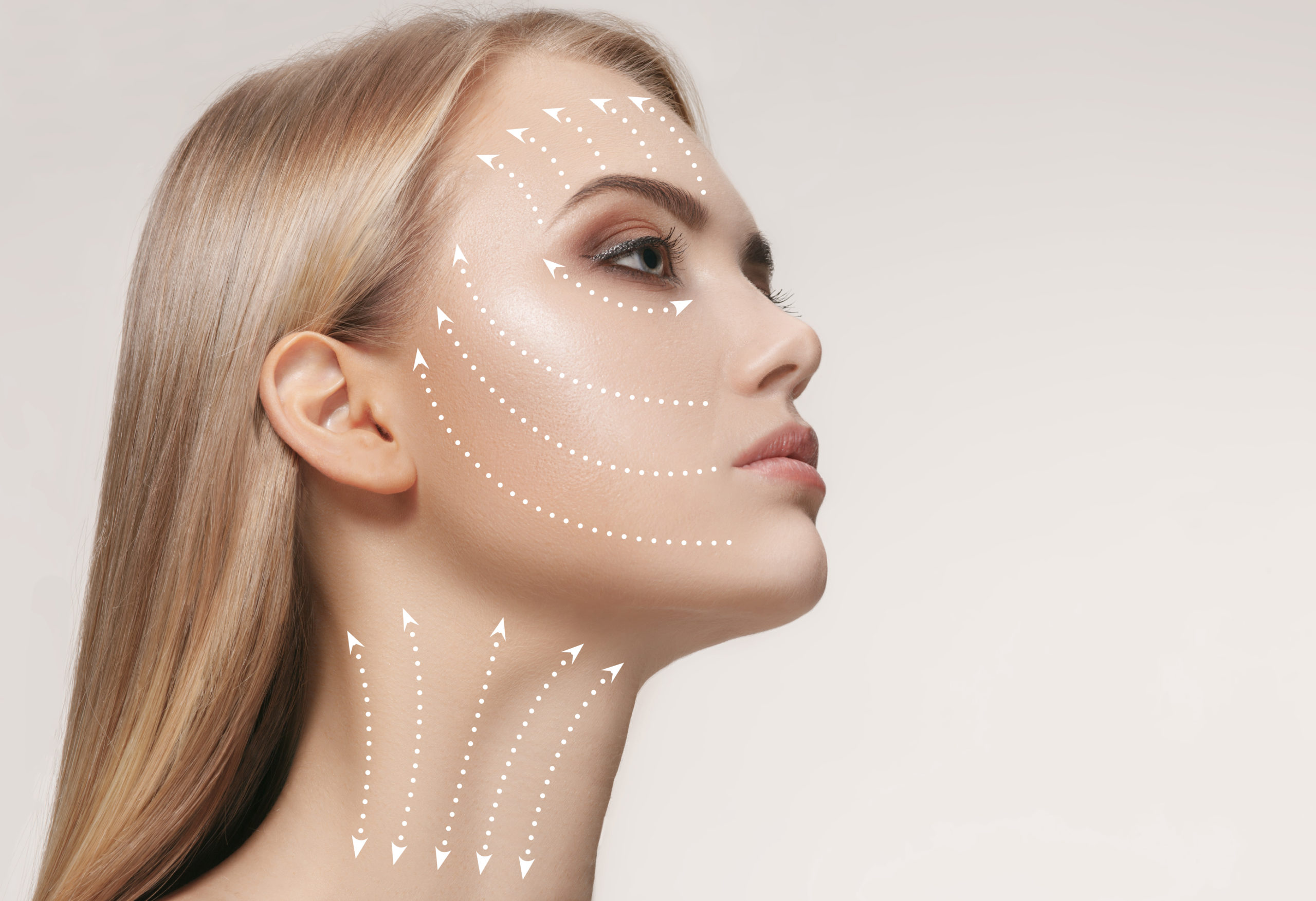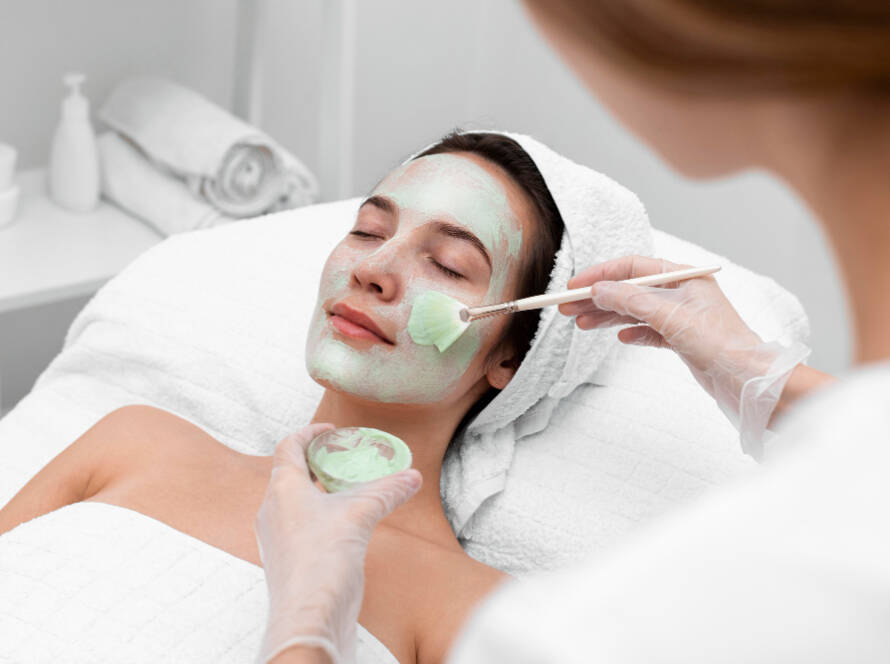The Importance of Moles and Warts Evaluation: When to Seek Professional Advice
Introduction:
Moles and warts are common skin growths that can vary in appearance, size, and location. Most moles and warts are harmless, but some may signal health issues or risk complications if untreated. Regular mole and wart evaluation is crucial; seek professional advice from a dermatologist or healthcare provider when needed. This guide covers mole and wart evaluation, signs to watch for, and when to seek professional diagnosis and treatment.
Understanding Moles and Warts:
Moles, or nevi, are pigmented skin growths caused by clusters of melanocytes, the skin’s pigment-producing cells. They can vary in size, shape, color, and texture, ranging from flat and brown to raised and dark. Most moles are benign and develop during childhood or adolescence, although some may appear later in life. Most moles are harmless, but changes may signal a risk of melanoma, the most dangerous form of skin cancer.
Warts are small, rough growths caused by the highly contagious human papillomavirus (HPV) infecting the skin’s top layer. Warts, caused by different HPV types, can appear anywhere on the body, varying in size, shape, and texture. Warts are generally harmless but can be bothersome, especially in friction-prone or irritated areas, affecting comfort and appearance.
Rx Rejuvenate is the best aesthetic clinic in Delhi
Rx Rejuvenate is the best beauty clinic in Delhi
RxRejuvenate is the Best Skincare Clinic In North Delhi & Delhi NCR.
The Importance of Mole and Wart Evaluation:
1. Early Detection of Skin Cancer: Regular evaluation of moles is essential for the early detection of skin cancer, particularly melanoma. Any changes in a mole’s size, shape, color, or texture should prompt immediate evaluation by a dermatologist or healthcare provider.
2. Prevention of Complications: Some moles and warts may cause discomfort or pose a risk of complications if left untreated. Large or protruding moles can be irritating or prone to injury, while genital warts may need treatment to prevent transmission.
3. Differential Diagnosis: Many skin conditions can mimic the appearance of moles or warts, making it essential to seek professional evaluation for an accurate diagnosis. A dermatologist may conduct an examination and recommend further tests like a skin biopsy to confirm other causes.
4. Tailored Treatment Plan: If a mole or wart requires treatment, a dermatologist or healthcare provider can develop a tailored treatment plan based on the individual’s unique needs, preferences, and medical history. Treatment options may include topical medications, cryotherapy, laser therapy, or surgical excision, depending on the type and severity of the growth.
Signs and Symptoms to Watch For:
When evaluating moles and warts, it’s essential to watch for the following signs and symptoms that may indicate a need for professional evaluation:
1. Changes in Size: Moles or warts that increase in size or become significantly larger over time may warrant further evaluation.
2. Changes in Shape: Moles or warts that change in shape or develop irregular borders may indicate the presence of abnormal or cancerous cells.
3. Changes in Color: Moles or warts that change in color or develop multiple colors within the same lesion may be a sign of melanoma or other types of skin cancer.
4. Changes in Texture: Moles or warts that become raised, ulcerated, or bleed spontaneously should be evaluated promptly by a dermatologist or healthcare provider.
5. Itching or Pain: Moles or warts that cause itching, pain, or discomfort may require treatment to alleviate symptoms and prevent complications.
When to Seek Professional Advice:
It’s essential to seek professional advice from a dermatologist or healthcare provider if you notice any of the following concerning signs or symptoms associated with moles or warts:
– Rapidly changing moles or warts
Moles or warts that are large, irregular, or asymmetrical
Mole or warts that itch, bleed, or cause discomfort
Moles or warts that develop in unusual locations, such as the palms, soles, or genital area
Moles or warts that develop after age 30 or have a family history of melanoma or skin cancer
Conclusion:
Regular evaluation of moles and warts is essential for early detection of skin cancer, prevention of complications, and proper management of skin conditions. By understanding the signs and symptoms to watch for and knowing when to seek professional advice from a dermatologist or healthcare provider, individuals can take proactive steps to protect their skin health and address any concerns promptly. If you notice any changes or abnormalities in your moles or warts, don’t hesitate to schedule an appointment with a dermatologist for evaluation and appropriate management. Your skin health is worth the investment in professional care and attention.
Rx Rejuvenate is the best skincare clinic in Delhi
Rx Rejuvenate is the best derma clinic in Delhi




.png)
.png)

